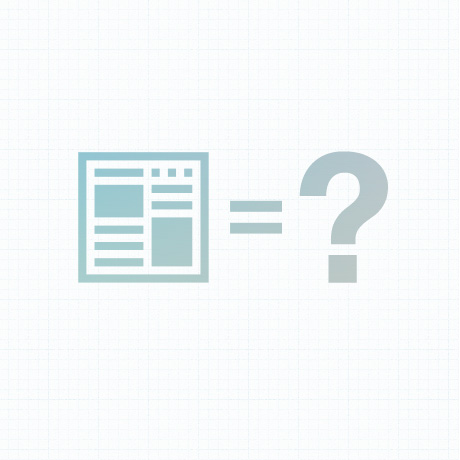How To Make Your First WordPress Theme

With WordPress being one of the most popular content management systems available today, many WordPress users, developers or not, are beginning to realize that there is a market out there seeking for new and innovative themes for their WordPress powered sites. So how do you start make your very own WordPress theme? Let’s look at a few resources available on the web to help us do that.
Our first stop is the WordPress Codex. This compendium of WordPress resources is rich with “how to’s” from installing your WordPress theme to playing around with code. If you go to the Codex’s Theme Development section, you will find all the useful information from the structure of a WP theme, to template files to practically everything you want to know about WordPress. It has links to sections on theme design, teaching about the proper layout and other design aspects of the theme. Studying the Codex is essential to serious players in the WordPress community.
When you’re ready to try our information you learned from the codex, siteground.com has an interesting tutorial to build a simple wordpress theme. The site helps you go through the process of creating simple code to generate a simple WordPress theme. You can play around with the code to make more complicated themes if you wish. This would be a great place to help you take your baby steps a little further as you work towards being a more experienced theme developer.
If you’re really in a hurry to build your theme because of an opportunity you just can’t miss, you can probably start off your first few themes with Artisteer. This is a WYSIWYG theme builder software which enables you to make professional looking WordPress themes in minutes. You can create a theme in Artisteer then export it to WordPress in the form of a folder containing the normal WordPress files. Studying the files and your Artisteer rendition will give you a lot of information about building themes. The Artisteer’s home edition is available for download at artisteer.com at a price of $49.95.
A lot of folks who want to develop themes are more designers rather than code geeks. If you feel more comfortable with photoshop than messing around in notepad to tweak code, then you might fancy psd2cssonline.com. This utility enables you to convert your photoshop design into the equivalent wordpress files in a few minutes. Now you can spend more time working on the aesthetic aspects of your theme and worry about the code later. Check out this video to get an idea of how easy it is to use psd2cssonline.
You can also check out an excellent article on Lifehacker entitled “How to Create a Custom Theme for Your WordPress Blog with Minimal Coding Required.” What’s great about this article is its simple approach on what you can expect as you go through the process of creating your own theme. It also has valuable resources like links to creating photoshop files for your theme as well as basic html/css knowledge for you to complete your task. The article also explains the structure and files of a typical WordPress theme.
Other Resources You can Check Out
- How to Create a WordPress Child Theme (WP Beginner Video)
- 15 Tutorials to Help You Build WordPress Themes
- Build your own WordPress theme the easy way
- How to Create a Simple WordPress Theme – WordPress Tutorial
- WordPress Theme Development Training Wheels from WPTuts+ (series)
These resources will definitely whet your appetite for theme building skills. There’s a ton of other resources available out there for your to refine your WordPress coding skills. As the WordPress mantra goes, “Code is Poetry.” Start writing your WordPress poems today.


